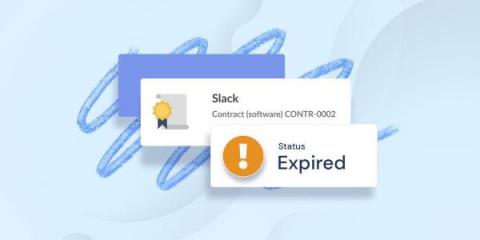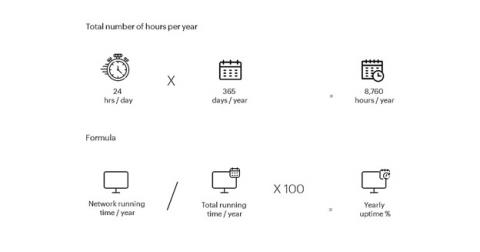What are the features of Asset Infinity's asset management software that overshadows the ERP system?
Enterprise resource planning and asset management software are both used in improving business productivity and optimizing daily operations. They both focus on growing business by integrating data from other applications. So, we can say that there are lots of similarities between these systems. In this blog, we will learn what Enterprise resource planning & Asset management software is, and its benefits.











